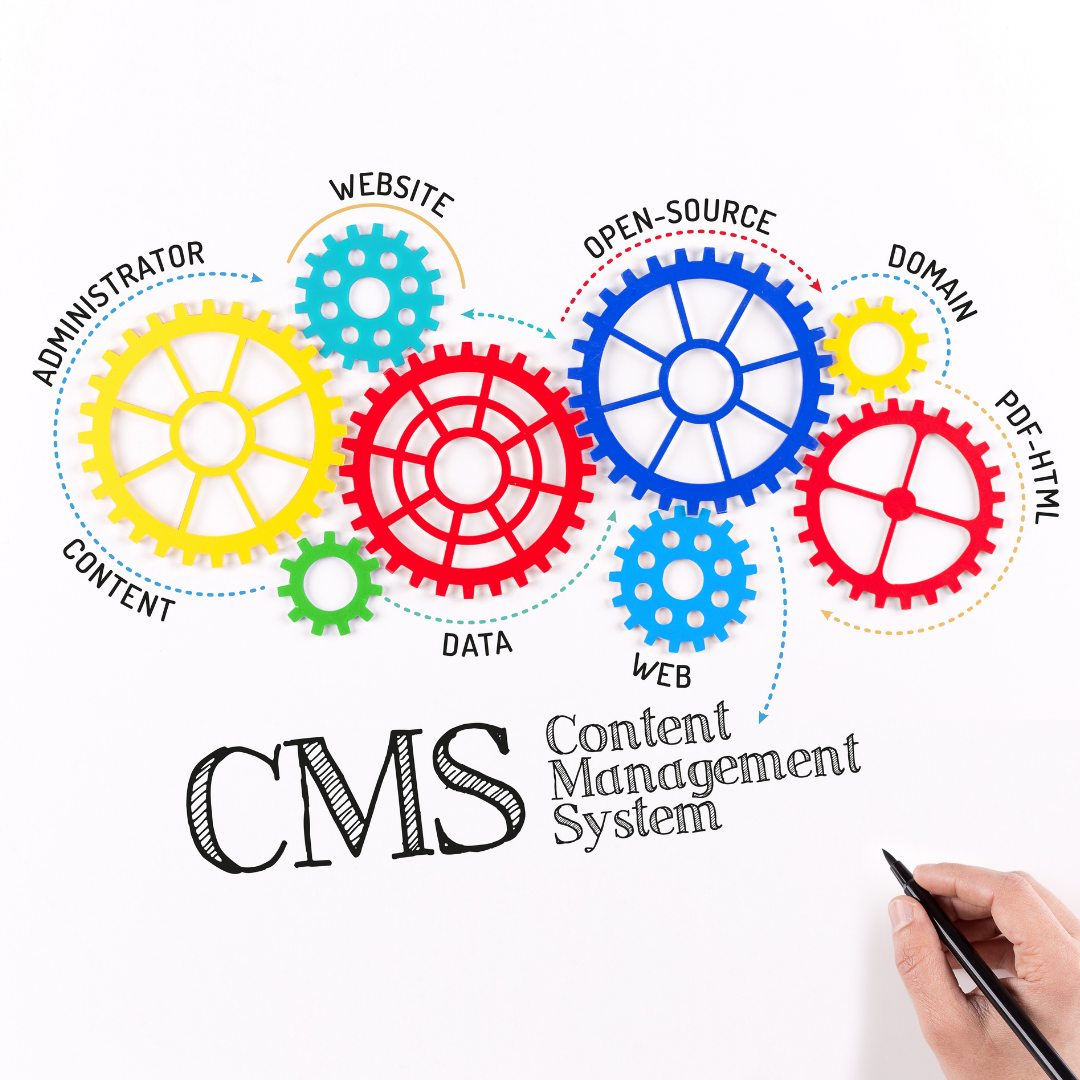When it comes to real estate, mortgages are a big deal. Most people don’t buy property without securing a mortgage first. But there are some things you should know before you take the plunge and sign on the dotted line.
If you are looking for help securing a mortgage then online is a great place to consider for the comparisons. To get you started, you could take a look at https://americanmortgagecorporation.com/usa-top-mortgage-lenders/ and be guided from there.
As well, here are four things to keep in mind when getting a mortgage for your American real estate purchase.
Check Your Credit Score
Your credit score is one of the first things lenders will look at when considering you for a mortgage. A high credit score means you’re a low-risk borrower, which could lead to a lower interest rate on your loan. A low credit score could mean a higher interest rate and could make it more difficult to qualify for a loan. If you’re not sure what your credit score is, you can check it for free on sites like Credit Karma.
In preparation, when looking to qualify for a mortgage, it is a good idea to know your credit score and then look to do something about it should it be looking poor. For instance, we could make sure that we are paying our current bills on time. Even take out a credit card and start paying that balance off on time to demonstrate that we are creditworthy now, even if we have not been in the past. We have to show our lender that we are good with money. That is the only way we can get a lender to provide us with the money that we need to buy a property, be it in Florida (approach a realtor Macclenny for more about this) or California.
Know the Types of Mortgages Available
There are many different types of mortgages available, from fixed-rate to adjustable-rate to government-backed loans. It’s important to research the different types of mortgages and compare interest rates before you choose one. You can also talk to a Lynchburg realtor, or real estate agent local to you, or a mortgage broker to learn more about the different types of loans available.
If you have a good deposit, like having a good credit score, you can look to lower your mortgage payments. It is worth saving up before the event. Although, even if we are in hurry to get a house, then there are still options, depending on the mortgage lender.
If you happen to be a doctor or physician, or a medical professional such as a dental surgeon, who would like to start a part-time real estate business, then you can get a special mortgage that will be at a lower interest rate from wholesale mortgage bankers. If not, then shop around for a good rate on the internet and not just rely on your local financial institutions as the only options open to you. Convenience will not get you the best rate, and you must achieve it when you are paying the mortgage over many years.
Consider Mortgage Insurance
If you’re putting less than 20% down on your home, you may be required to purchase mortgage insurance. Mortgage insurance protects the lender in case you default on your loan. It’s an additional cost to consider when getting a mortgage, but it could help you get approved for a loan if you don’t have a large down payment saved up.
Think About the Future
When you take out a mortgage, you’re committing to making payments for 15 to 30 years. That’s a long time! Due to this stress, you might want to look at renting as an option as well. However, keep in mind that while that might be a feasible option if your vision is short-term, for the long term, it might be better to buy instead of rent, if that is affordable. And when you do decide to buy a house, it’s important to consider factors about your future before taking a loan. Will you still be in the same job? Will you want to move or sell your home in the next few years? These are all things to consider before you sign the agreement.
Getting a mortgage is a big decision, but it doesn’t have to be overwhelming. Just be sure to do your research online and elsewhere and talk to a real estate professional if you have any questions. With the right information, you can confidently choose the best mortgage for your needs.









